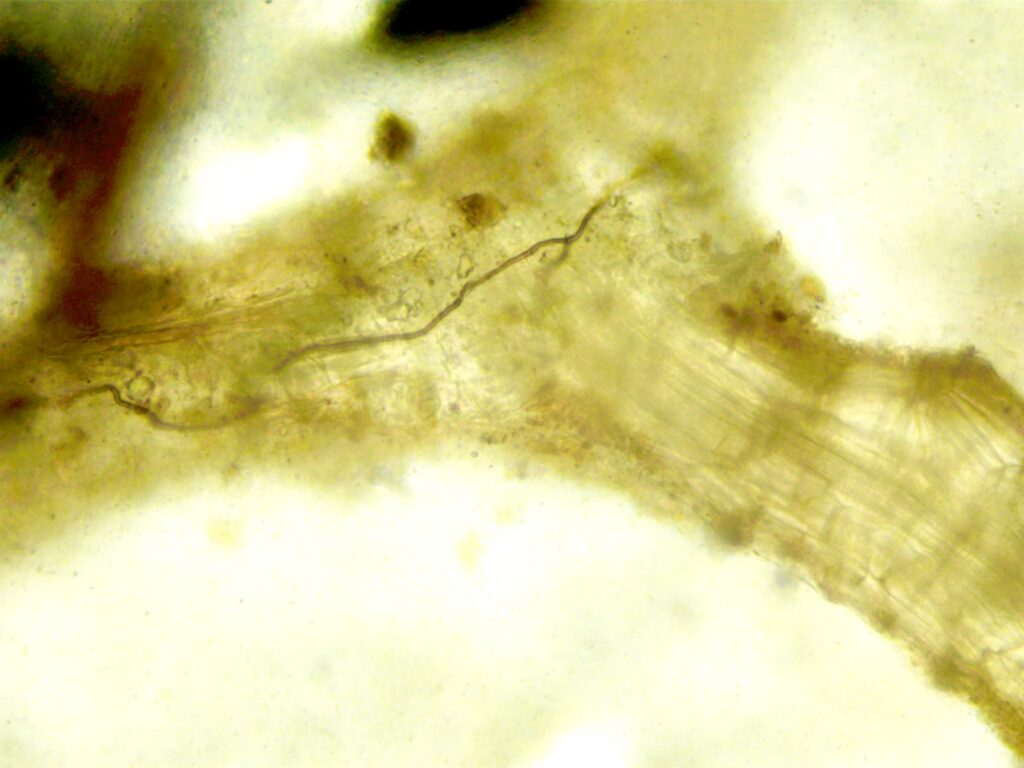As a homeowner, you probably want the best possible lawn for your property. But have you ever considered the impact that traditional lawn care practices have on the health of your soil, the environment, and the life within it? Unfortunately, the conventional lawn care industry, driven by a desire for quick and visually appealing results, lacks an understanding of the crucial role played by the rhizophagy cycle (rhizophagy means root eating) in maintaining a healthy lawn.

The rhizophagy cycle is a mutualistic relationship between plants and the bacteria and fungus that inhabit their roots. This relationship is vital to the health of the plant and the soil it grows in, but the conventional lawn care industry is largely unaware of it. Instead, they focus on treating symptoms rather than promoting the health of the soil, which leads to a vicious cycle of increased inputs and costs.
The problem is that many lawn care products, such as fertilizers and pesticides, interfere with the delicate balance between plants, bacteria and fungus. This can lead to a compacted soil that is devoid of life, which in turn requires more inputs to keep the lawn looking good. This not only increases costs but also has a negative impact on the environment, as the chemicals used can leach into groundwater and harm wildlife.
So what can be done to promote a healthy lawn while also protecting the environment? The answer lies in understanding the rhizophagy cycle and working with it, not against it. By fostering a healthy relationship between plants, bacteria and fungus, the soil can be restored to its natural state and become a rich, living ecosystem that supports healthy growth and reduces the need for inputs.
At Stangl’s, we understand the importance of the rhizophagy cycle and have incorporated this knowledge into our lawn care practices. By working with nature’s cycles, we can create a lawn that is both beautiful and sustainable, reducing the need for chemicals and promoting a healthier environment for generations to come.
In conclusion, the conventional lawn care industry’s ignorance of the rhizophagy cycle has led to a cycle of increased inputs and costs, as well as environmental harm. By understanding and promoting this important relationship, we can create a healthier, more sustainable lawn and protect the environment at the same time.
The rhizophagy cycle, as a natural process of plants and soil interaction, has been well understood since 2018. Reference: https://www.rutgers.edu/news/how-plants-harness-microbes-get-nutrients